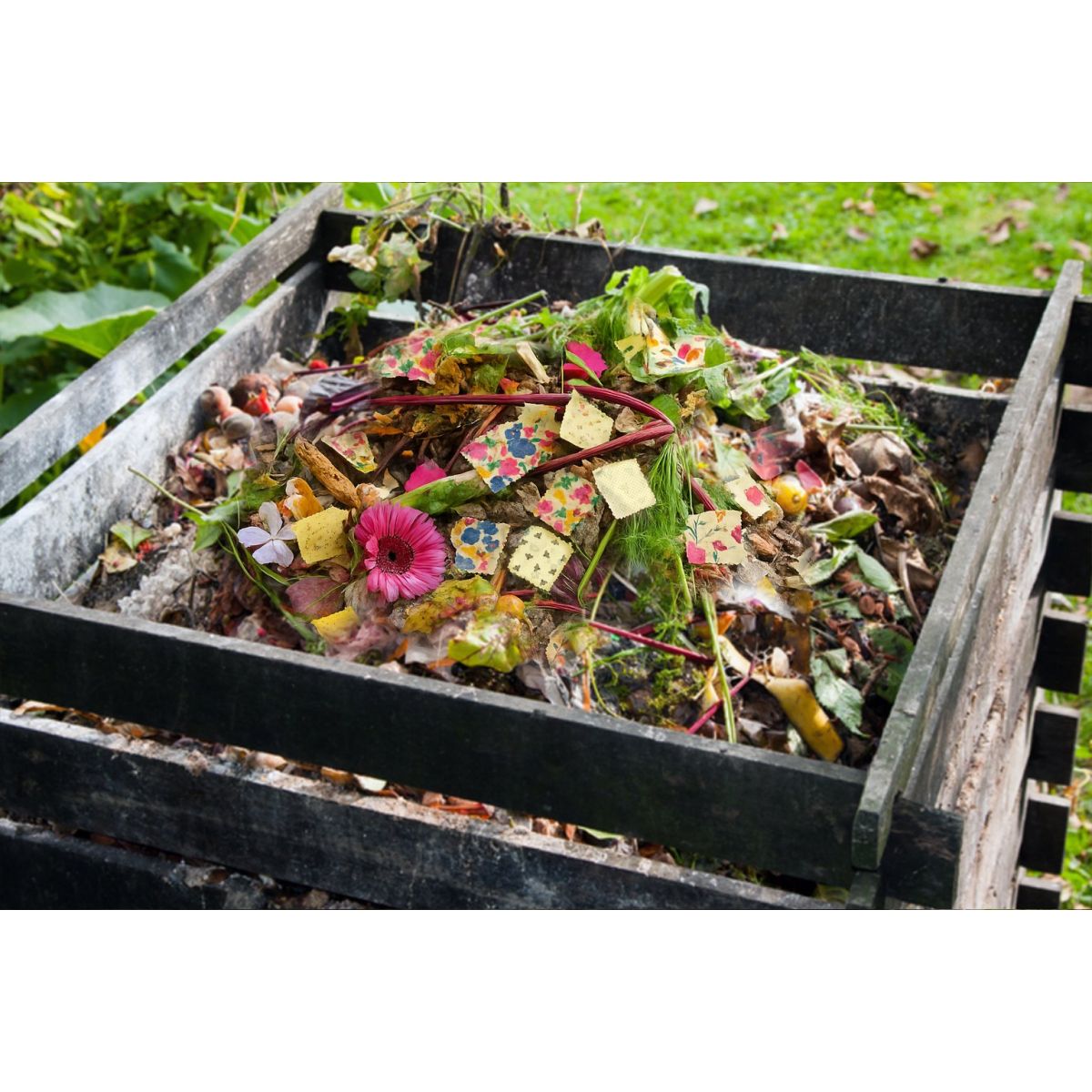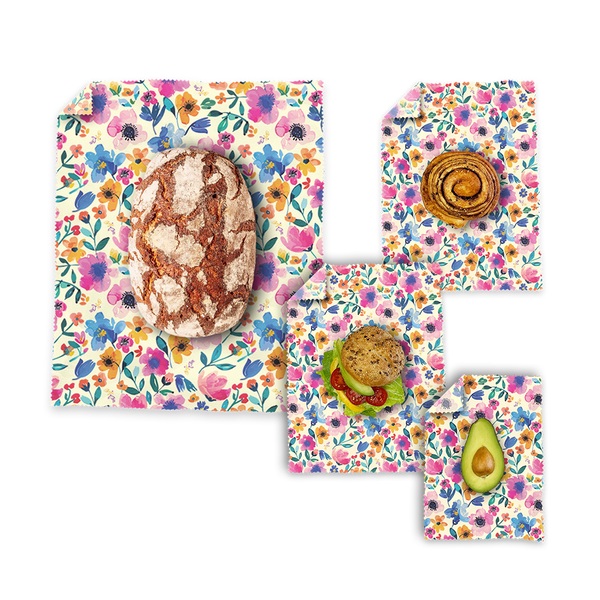
Beeswax Wraps and Compost – Where to Put Them When They’re Worn Out?
Beeswax wraps and beeswax bags are a must-have in any sustainable kitchen: they replace foil, plastic bags, and cling film, last for 1–2 years, and are 100% natural. But what happens when they wear out? Throwing them away would be a waste – they’re made from fabric, beeswax, and jojoba oil. In this article, we’ll show you how to return them to nature – along with leftover wax and old repair wax blocks.
1. Are beeswax wraps and bags really compostable?
Yes – beeswax wraps and beeswax bags are compostable
| Material | Compostability |
|---|---|
| Cotton or linen fabric | Yes, 100% biodegradable |
| Beeswax / plant-based wax (candelilla, carnauba) | Yes, natural and compostable |
| Jojoba or coconut oil | Yes, biodegradable |
2. How to compost them at home?
A. In a home composter (worm bin, Bokashi, traditional compost)
- Cut into small pieces (about 2 × 2 cm) – this speeds up decomposition.
- Add gradually – don’t put the whole wrap in at once.
- Cover with brown material (paper, cardboard, dry leaves) – this prevents odor and pests.
- In a worm bin: Worms love wax! Add in small portions to avoid clumping.
Decomposition time:
- Worm bin: 2–4 months
- Traditional compost: 4–8 months
- Bokashi: ferment first, then bury in soil
B. In the garden or a flowerpot
- Cut and bury 10–15 cm deep in the soil.
- The wax slowly dissolves and nourishes the soil (natural wax is mildly antimicrobial and protects the roots).
- The fabric decomposes and turns into humus.
3. What to do with leftover wax?
| Material | What to do with it? |
|---|---|
| Old repair wax | Melt and reuse for new wraps or cut into small pieces and add to compost |
| Wax leftovers after repairs | Add to compost – both wax and fabric decompose naturally |
Bonus tip: Melt leftover wax in a water bath and use it to make candles, lip balm, or to wax wooden boards.
4. When NOT to compost beeswax wraps?
- If they contain synthetic additives (some cheap brands use paraffin).
- If they’re heavily soiled (e.g. with meat or moldy cheese) – wash first, then compost.
- If you use a community compost – check the rules (some don’t accept waxed materials).
5. Alternatives if you don’t have a composter
- Take them to a community compost – many now accept beeswax wraps.
- Use them as fire starters – old wraps are great for lighting fires (wax burns slowly).
- Give them to gardeners – many will gladly bury them in the soil.
Conclusion: A closed loop without waste
Beeswax wraps are not just an eco-friendly alternative to plastic – they’re also a perfect example of a closed natural cycle. When they reach the end of their life, they don’t end up in the trash, but instead:
- nourish the soil
- enrich the compost
- return to nature
Cut, bury, compost – and enjoy a zero-waste lifestyle. That’s true sustainability. 🌍♻️





